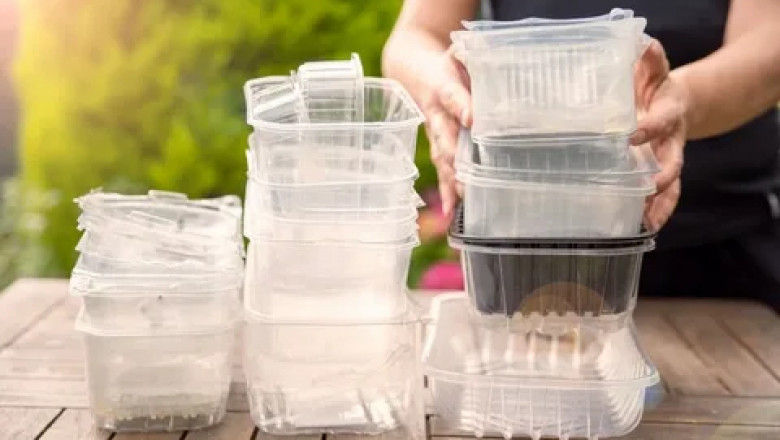views
Plastic packaging is a ubiquitous part of modern life, used in everything from food containers to personal care products. Its convenience, affordability, and versatility make it the go-to choice for manufacturers. However, beneath the surface lies a growing environmental crisis. This article explores the environmental impact of plastic packaging in daily products and the pressing need for sustainable alternatives.
The Prevalence of Plastic Packaging
Plastic packaging is found in nearly every household. Items such as shampoo bottles, grocery bags, food wrappers, and drink containers are made of various plastics, particularly polyethylene, polypropylene, and PET (polyethylene terephthalate). Global plastic production exceeds 400 million tons annually, with packaging accounting for about 40% of this amount. Most of this packaging is designed for single use, which significantly contributes to the growing problem of plastic waste.
Environmental Consequences of Plastic Waste
1. Pollution of Land and Waterways
One of the most visible effects of plastic packaging is litter. Discarded plastic products often end up in landfills, rivers, and oceans. Unlike organic materials, plastics do not decompose easily. Instead, they break down into microplastics, which persist in the environment for centuries. These tiny particles are found in water, soil, and even in the food chain.
2. Impact on Marine Life
Plastic packaging is a major threat to marine ecosystems. Animals such as turtles, birds, and fish can mistake floating plastic for food. Ingesting plastic can lead to starvation, internal injuries, and death. Additionally, entanglement in plastic waste can cause severe injuries or drowning.
3. Greenhouse Gas Emissions
The production and disposal of plastic packaging contribute significantly to climate change. Manufacturing plastic involves the extraction and processing of fossil fuels, primarily oil and natural gas. This process emits large quantities of greenhouse gases. Furthermore, when plastics are incinerated, they release carbon dioxide and toxic pollutants into the atmosphere.
Health Impacts on Humans
Plastic packaging can also indirectly harm human health. Microplastics have been found in drinking water, seafood, and even the air we breathe. Though research is still ongoing, there are concerns that these particles may disrupt hormones or contribute to chronic diseases. Additionally, toxic chemicals used in plastic production, such as BPA and phthalates, can leach into food and beverages, posing health risks.
Recycling Challenges
While recycling is often promoted as a solution to the plastic crisis, it has significant limitations. Only about 9% of plastic waste is effectively recycled. Many types of plastic packaging are not recyclable due to their composition or contamination with food residues. Moreover, recycling processes are energy-intensive and economically unviable for low-grade plastics.
The Shift Toward Sustainable Alternatives
The growing awareness of the environmental impact of plastic packaging has spurred interest in alternatives. Biodegradable plastics, compostable materials, and packaging made from paper, glass, or metal are being developed and adopted. Refill stations, bulk stores, and packaging-free products are gaining popularity among consumers who are concerned about sustainability.
Governments and corporations are also beginning to take action. Bans on single-use plastics, incentives for using eco-friendly packaging, and extended producer responsibility (EPR) programs are some of the measures being implemented globally to reduce plastic waste.
What Can Consumers Do?
As individuals, there are several steps we can take to minimize the environmental impact of plastic packaging:
-
Choose products with minimal or eco-friendly packaging.
-
Bring reusable bags, bottles, and containers.
-
Support brands that prioritize sustainability.
-
Recycle correctly and reduce consumption where possible.
-
Advocate for stronger environmental regulations and corporate accountability.
Conclusion
Plastic packaging is deeply woven into our daily lives, but its environmental costs are too great to ignore. From polluting ecosystems to contributing to climate change and harming human health, the impacts are wide-ranging and severe. Reducing our dependence on plastic packaging and shifting toward sustainable alternatives is essential. Through collective action from consumers, industries, and governments, we can move toward a cleaner, healthier planet.














Comments
0 comment